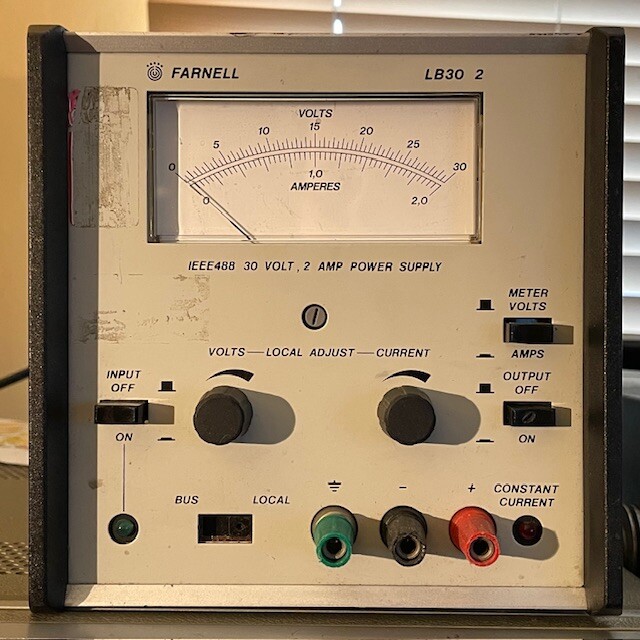Update:
The IC that I'd assumed was a microcontroller is a dedicated IEEE488 controller from Philips, HEF4738VP. It deals with the GPIB bus prototol can delivers (or consumes) a series of bytes from a simple 8 bit bus in the instrument. This takes the form of a counter, some gates and a 1-of-16 decoder, some more gates, 6 4-bit latches and two 3.5 digit BCD programmable potentiometers that have their MSD tied to a logic 1, so they're only 3 digit. All I need to do is figure out how the logic mangles an incoming stream of bytes in order to fill all the latches. There is no readback - the section of the PCB where this could be implemented is entirely unpopulated, so it's write only - which is curious as it's emitting 1s and 0s randomly when addressed on the GPIB. Every IC is in a cheap socket, which might make it easier…
